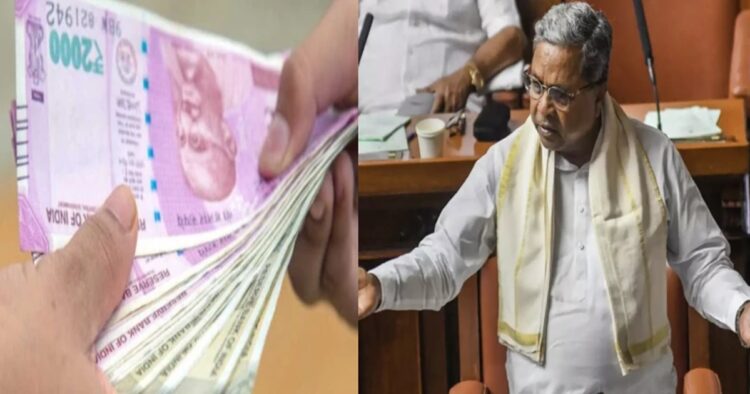As the Karnataka government grapples with increasing financial challenges, the issue of mounting state debt has come to the forefront of public discourse. Recent reports highlight that the total debt of the state government has surged past Rs 6 lakh crore and is projected to reach Rs 6.65 lakh crore by March 31, 2024.
This staggering amount raises critical questions about managing state finances and the sustainability of government policies, particularly regarding the launch of various welfare schemes and freebies aimed at wooing voters. The figures speak volumes about the state’s fiscal health. In the financial year 2023-24, the government’s total debt increased to Rs 5.80 lakh crore, and the current government is set to add another Rs 1.05 lakh crore in the fiscal year 2024-25.
Alarmingly, a significant portion of the expected expenditure, 59 per cent or Rs 62,552 crore, is earmarked for loan repayment and interest payments. This implies that a substantial part of the budget is not allocated to developmental activities or public services, critical components for economic growth. Karnataka’s Chief Minister Siddaramaiah presented a budget of Rs 3.71 lakh crore for the 2024-25 fiscal year. However, with debt repayments absorbing a significant portion of the budget, concerns grow over the government’s ability to finance essential developmental projects and its overall fiscal responsibility. Critics argue that a government prioritising electoral gains over sound financial management is maturity flawed.
The potential outlay for annual interest payments is particularly staggering. Karnataka is expected to spend Rs 37,324 crore on interest in the upcoming year. This reality raises ethical questions about government spending strategies, especially considering the many new welfare schemes introduced or expanded in recent months. The state’s citizens wonder whether the government prioritises immediate electoral gains over long-term financial sustainability.
This trend of relying on increasing debt to fund political agendas is not limited to welfare schemes alone. It reflects a broader pattern of governance where short-term political strategies overshadow longer-term planning and fiscal discipline. It appears that the government is leaning heavily on its ability to borrow, utilising those funds to support various populist initiatives, many of which are aimed at garnering votes rather than addressing foundational societal challenges.

















Comments